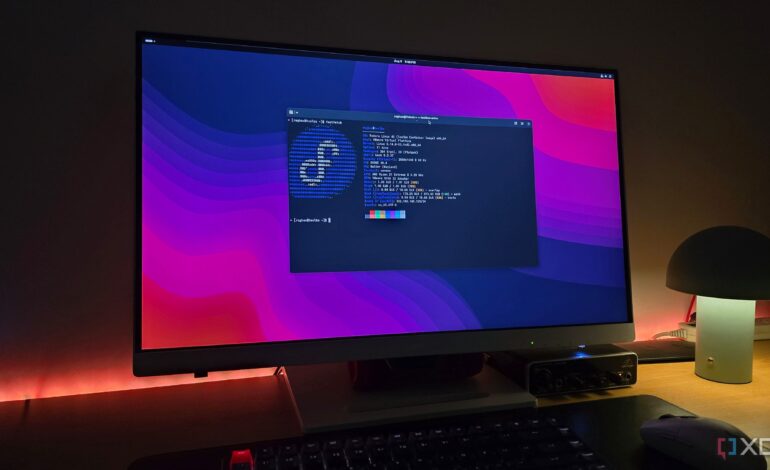Discover Why Immutable Linux Distros Are Ideal for New Users

The world of Linux has long been seen as a realm for tech-savvy individuals or developers. However, a new wave of immutable Linux distributions is changing that perception, offering a user-friendly and reliable entry point for newcomers. Operating systems like Bazzite, Fedora Silverblue, and openSUSE Aeon provide a safe and less intimidating experience, making it easier for individuals to explore Linux without the fear of damaging their systems.
Understanding Immutable Distributions
At its core, an immutable Linux distribution differs significantly from traditional, mutable systems. In a standard setup, the base system files are writable, allowing users to modify and customize their operating environments. While this flexibility can be appealing, it also introduces risks. Updates may conflict, dependencies can clash, and accidental deletions can lead to system failures.
In contrast, immutable distributions are designed to be more stable. The base system files are read-only and persistent, ensuring that critical components remain untouched. This structure provides a significant safety net for users, especially beginners. If an update goes wrong or a new application causes issues, the system can quickly revert to a previous state, a feature known as “atomic” design. This kind of safety is crucial for those unfamiliar with Linux.
Removing Barriers for New Users
One of the most daunting challenges for new Linux users is the fear of breaking their systems. Many have experienced the frustration of editing the wrong configuration file or unintentionally uninstalling essential packages. Immutable distros mitigate these risks. With core files remaining intact, users can install applications and make changes without the constant worry of corruption.
For individuals transitioning from Windows or macOS, the expectation is that applications will work seamlessly upon installation. Immutable distributions simplify this process. Utilizing a package manager like Flatpak, applications are self-contained, with dependencies managed separately. This means that one application update will not adversely affect another, resulting in a more consistent user experience.
Moreover, troubleshooting becomes more straightforward. If users encounter issues, guides and resources are often applicable across the board. For example, if someone is using Bazzite 42, their setup is consistent with others running the same version, making it easier to find accurate solutions.
Recommended Immutable Distros
Not all immutable distributions are created equal, and each caters to different needs and preferences. For gamers, Bazzite stands out as a Fedora-based option that comes pre-configured with essential gaming tools, including Proton and Steam. This distro is an excellent starting point for anyone interested in gaming on a Linux platform.
For general desktop use, Fedora Silverblue and Kinoite offer stable environments with desktop environments of GNOME and KDE, respectively. These versions provide a clean and efficient system without unnecessary complications. Additionally, openSUSE Aeon combines the reliability of openSUSE with the benefits of immutability, making it another appealing choice for new users.
Regardless of which distribution one chooses, the underlying theme remains consistent: these systems are designed to be forgiving. Users can explore and experiment within the Linux environment without the constant fear of irreparably damaging their installations.
In today’s tech landscape, where many are seeking alternatives to traditional operating systems, immutable Linux distributions present a promising gateway. Whether someone is frustrated with Windows updates or looking for a stable environment, these distros offer an accessible way to dive into the world of Linux. Exploring these options, or even trying a mutable distro in a virtual machine, can be an exciting first step into a broader computing experience.






